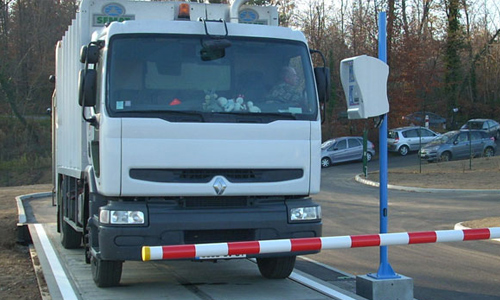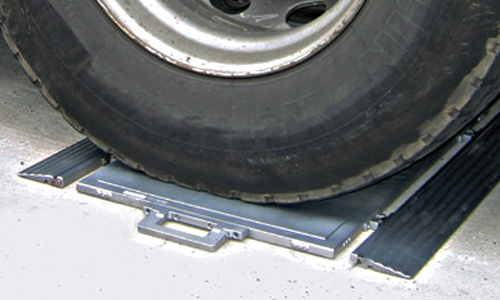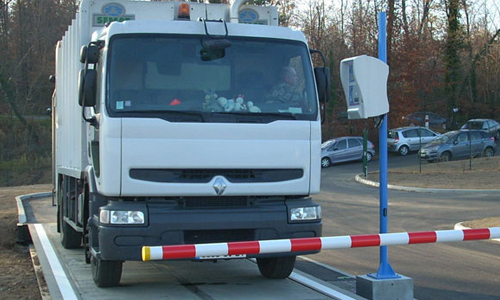How Much Room Do You Need For A Weighbridge?
-
 By
Solent Scales
By
Solent Scales
- 1 Oct 2021
- 0 Comments
In many of our blogs which compare the different uses of weighbridges and axle pads, we cite "size constraints" as a reason to opt for the smaller, more portable axle pads. A weighbridge, since it’s a drive-on-drive-off system takes up much more room than an axle pad system, which can be picked up and moved at will, and ultimately can be packed away with a minor impact on storage.
Naturally, this is not something that you can do with even the smallest of weighbridges.
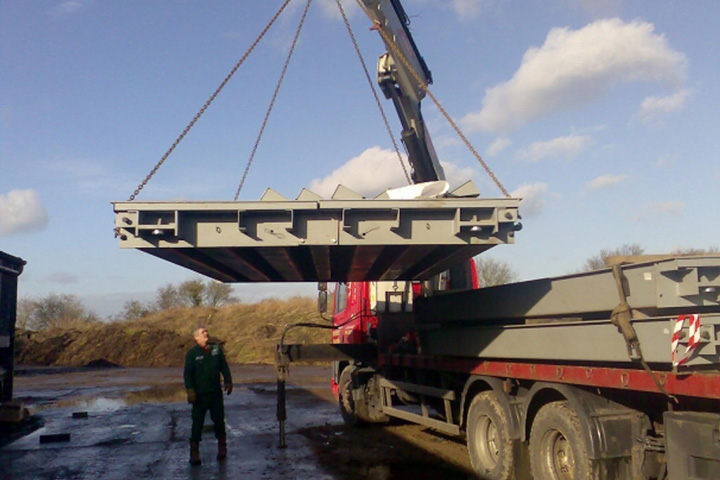
So, how much room do you actually need for a weighbridge?
For our examples, we’re going to use the Uniweigher Modular Weighbridge – our weighbridge of choice. The weighbridge is modular so can be built to be much larger than this, however, we’ll be using the smallest configuration, a single module of 8mx3m.
Unfortunately, it’s not as simple as simply checking if you have 8 meters by 3 meters available at your facility and that’s the end of it. There are plenty of other considerations you will need to make.
Ramps
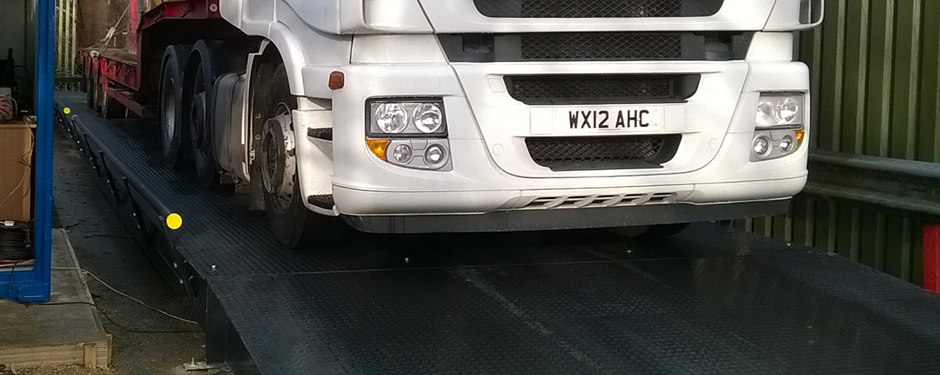
Unless you’re opting for a pit mounted weighbridge, you’re going to need provide access for vehicles to get onto the weighbridge. You can read more about pit mounted weighbridges in the Saving Space section below.
Unfortunately, if a ramp is too steep, you run the risk of the middle of the vehicle scraping on the bridge, particularly on long vehicles. The recommended ramp length for a standard height weighbridge is 3.5 meters. Naturally, this needs to be on both ends of weighbridge.
This makes the current size required for a weighbridge 15m x 3m
Vehicle Length
Now, if you’ve got a space of 15m x 3m available at your facility, it’s not functional if there are blockages at either end of the ramp. You need to have room for the weighed vehicle to drive onto and off of the vehicle. The amount of space that you need for this depends on the kind of vehicle, if we assume that you’re maxing out the capacity of your weighbridge (8m long), it’s smart to leave that amount of length free at either end of the weighbridge.
This is more of a “soft” requirement. It’s hugely important that this area is not blocked my immovable objects like walls. However, this area is still passable by vehicles and foot traffic.
This puts the required space at 31m x 3m.
Saving Space
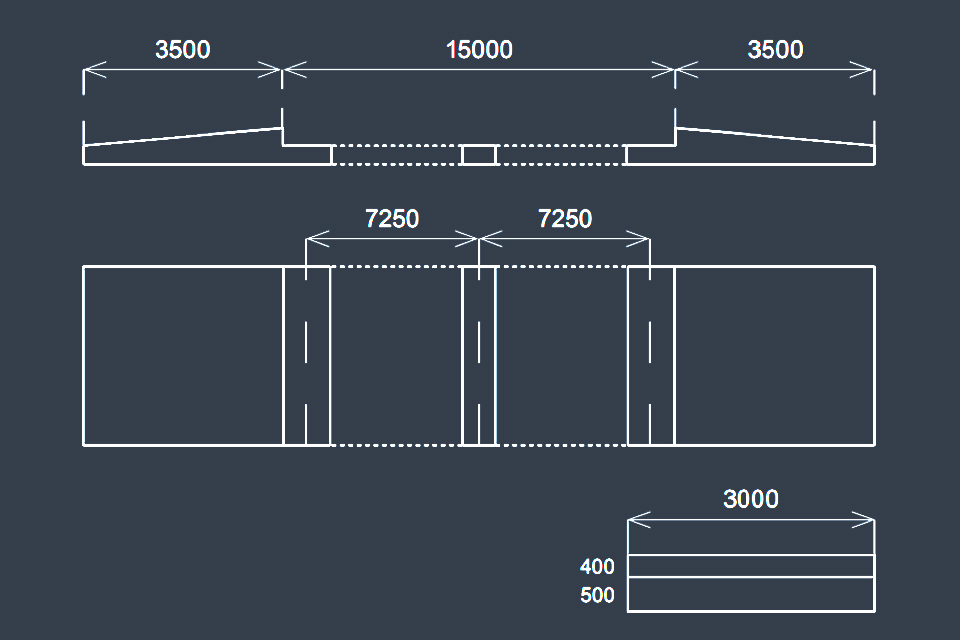
A way that many businesses save space is by building their weighbridge into a “pit”. This is what is known as a “pit mounted weighbridge”. Since the weighbridge is mounted into the ground and the surface is flush with the ground, there is no need for ramps. This potentially removes 7m from the permanent space required for a weighbridge. However, building a pit mounted weighbridge comes with its own challenges; take a look at our blog “Pit Mounted vs Surface Mounted weighbridge”, for more information.
You may also wish to look into operating a “reverse-off” weighbridge. This is where the weighed vehicles drives onto the weighbridge, but reverses back off of it – removing the need for clearance in front. This dramatically reduces the efficiency of the weighbridge, since it becomes a much slower operation. However, it may be useful for some businesses that weigh infrequently.
This would theoretically remove 15.5m required for a surface mounted weighbridge or another 8m for a pit mounted weighbridge (due to not need ramps).
For more information on whether your business can afford the space for a weighbridge, give us a ring on 01243 697372 for advice.


